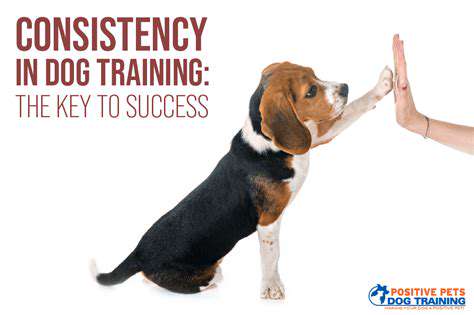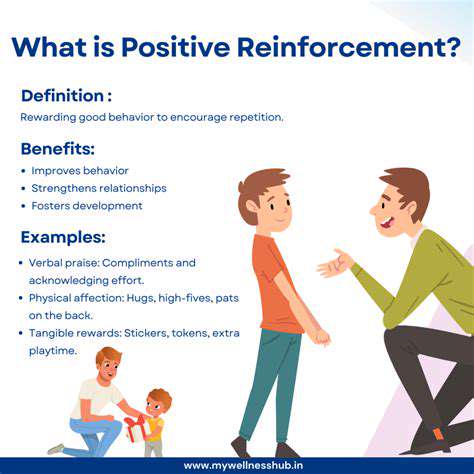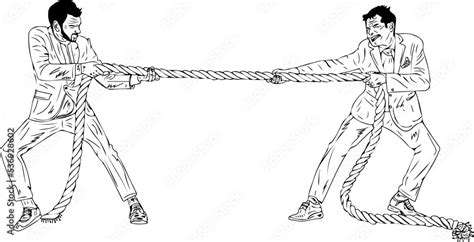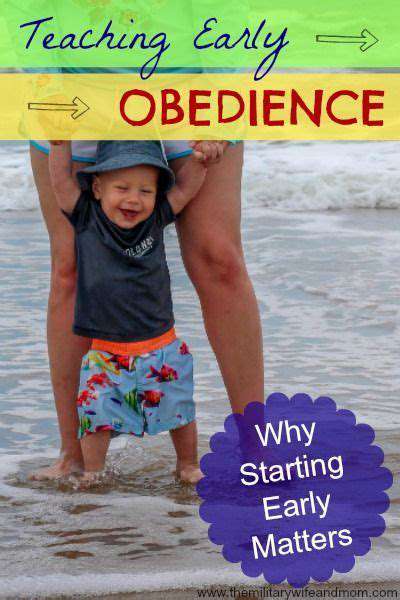The Language of Dog Training: Mastering Clear and Consistent Communication
Verbal Cues: The Building Blocks of Communication
Effective dog training relies heavily on clear and consistent verbal cues. These cues act as instructions, guiding your dog towards the desired behavior. Choosing the right words is crucial; avoid using confusing or ambiguous terms. Think about using simple, short words like sit, stay, or come. Consistency is paramount; every member of the household should use the same words for the same actions to prevent confusion and ensure the dog understands the commands. Repetition and positive reinforcement are key elements in associating the verbal cue with the desired response.
Using a variety of tones and inflections in your voice can also enhance communication. A firm tone might indicate a more imperative command, while a softer tone might be used for encouraging or rewarding actions. This variation in vocal tone helps the dog interpret your intent, especially in complex training scenarios. It's vital to avoid yelling or harsh tones, as this can create fear and anxiety in the dog, hindering the learning process. Instead, focus on clear, controlled, and positive communication.
Body Language: Nonverbal Communication with Your Dog
While verbal cues are important, your body language plays a significant role in effective communication with your dog. A relaxed posture, gentle touch, and open body language create a positive and encouraging environment for learning. Avoid sudden movements or displays of aggression; these can scare the dog and disrupt the training process. Positive body language sends signals of trust and encouragement, making the learning experience more enjoyable and effective.
Paying attention to your dog's body language is equally crucial. Understanding their cues, such as tail wags, ear positions, and facial expressions, allows you to adjust your approach and training methods accordingly. A dog exhibiting signs of stress or discomfort, like a tucked tail or a lowered head, might require a change in strategy. Learning to interpret these subtle cues helps create a more harmonious and effective training partnership.
Combining Verbal Cues and Body Language for Optimal Results
The most effective dog training combines both verbal cues and body language. A consistent and clear verbal cue, paired with appropriate body language, significantly increases the dog's understanding and response. Imagine calmly and firmly saying sit while simultaneously guiding your dog's rear end towards the ground with your hand. This combination of verbal and nonverbal cues creates a strong and easily understood instruction.
Using hand signals alongside verbal cues can further enhance understanding. For example, a hand gesture indicating stay can help reinforce the verbal command. This multi-sensory approach makes the training more comprehensive and memorable. This combination of techniques also helps to avoid misinterpretations and ensures the dog learns the desired behavior quickly and effectively. Consistent pairing of actions and words helps the dog understand the connection between the verbal cue, body language, and the desired behavior.
Training a dog is a journey of mutual understanding and trust. Using both verbal cues and body language is essential for creating a positive and productive training experience. By combining these elements, you establish a clear and consistent form of communication, ultimately leading to a well-trained and well-behaved canine companion.
A balanced approach, incorporating both verbal and nonverbal cues, builds a strong foundation for effective dog training and fosters a positive relationship between you and your dog.
Clear and consistent communication, using both verbal cues and body language, is the cornerstone of a successful dog training program.
The combination of words and actions creates a powerful and understandable message that your dog can easily interpret and respond to, leading to smoother and more effective training.
Remember, patience and positive reinforcement are key to building a strong bond with your dog and teaching them through clear communication.


Read more about The Language of Dog Training: Mastering Clear and Consistent Communication
Hot Recommendations
- The Impact of Early Socialization on a Dog's Interaction with Other Animals
- Car Travel and Puppy Socialization: Making the Journey a Positive Experience
- The Importance of Early Environmental Exposure for Puppy Development
- Taking Your Puppy to the Vet: Positive Socialization Strategies
- Making Training a Positive Experience for Your Puppy
- Public Transportation and Puppy Socialization: A Step by Step Guide
- Safe Socialization: Allowing Others to Pet Your Puppy
- Helping a Puppy Who Struggles with "Stay"
- Positive Puppy Interactions: Making Meetings with New Friends Fun
- No Treats Needed? Training Basic Commands with Verbal Praise











